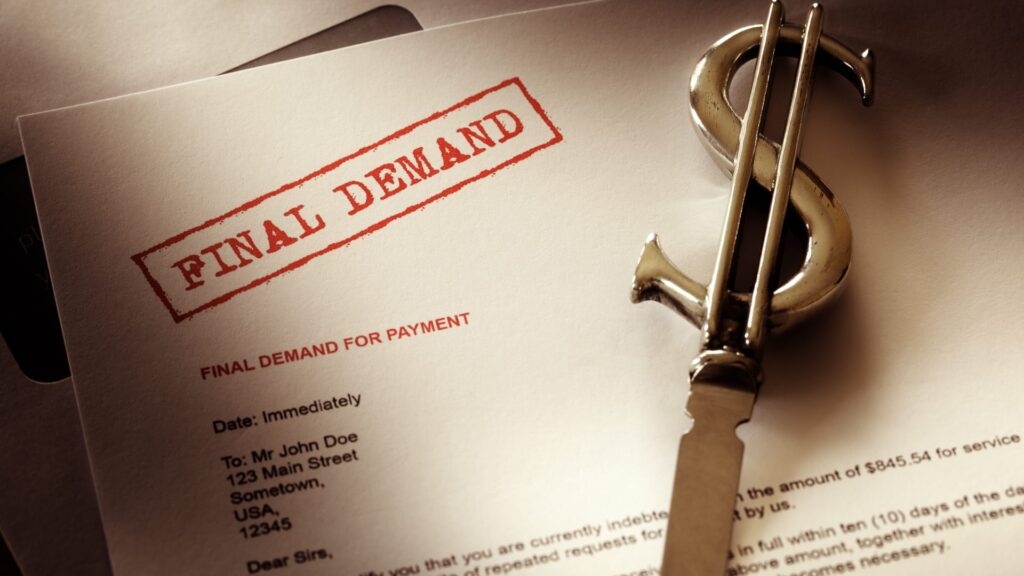What are the debt collection trends for 2023?
According to a McKinsey survey from December 2020, almost 10 per cent more people, and 25 per cent more millennials, will engage with mobile banking after the COVID-19 pandemic. Similarly, fewer customers plan to use their phones to talk with bank staff.
It means that the debt collection companies should make a sharp turn towards digitalisation to meet the changing customer expectations and stay ahead of their competitors. Additionally, as you’ll find out from this article, a strong focus on digital-first customer service will also improve your bottom line.
So what are the key areas that lenders should focus on in their digital transformation right now?
Here are the most crucial debt collection trends to invest in 2023:
Enable self-service to customers
The already mentioned study by McKinsey features an example of a bank that achieved a double increase in payments made digitally and reduced their collection costs by 15 per cent by increasing the number of customers cured to self-service.
The reason more and more customers choose to use self-service platforms for debt repayment or banking in general is the 24/7 availability, convenience and a sense of control over their finances any time, anywhere. Instead of being pestered with phone calls at an inconvenient time, customers prefer emails or in-app notifications that gently nudge them to remember that a payment is due. They can access their payment schedule and history or delinquent balance whenever they have time and will to do so, without waiting in long queues. As the aforementioned study shows, this approach pays off.
For you, more autonomy on the customers’ side means customer service cutbacks, especially the call centre costs. It also improves the overall customer experience and allows building a better customer relationship, which in turn translates to a higher debtors’ turnover ratio.
Apply multichannel customer service strategy
As another McKinsey report revealed, most debtors prefer to be contacted and act through digital channels, while a smaller segment remains more responsive to traditional contact methods. This trend is not only related to customers’ age but also their outstanding debt.
Those with low delinquent balance as well as low-risk borrowers preferred digital communication channels, like email and text, to talking with a bank representative on the phone. The preference for traditional forms of contact rises with the delinquent balance. Also, the “analogue” ways of communication are statistically more favoured by customers who are 44+ years old.
The same study also pointed out that contact through digital channels more often resulted in full payment. The success rate for traditional channels – phone, voicemail and letter – was around 12 per cent. In the case of digital channels, it was 19 per cent for email, 46 per cent for online banking, 44 per cent for mobile push, 20 per cent for mobile app and 19 per cent for text messages.
To meet the preferences of both, the „digitals” and the „traditionalists” as well as increase the collection success rate, you need to apply a multichannel customer service strategy. Give your customers various options to get in touch with you: in person, via telephone or online, and also use their preferred channel when you try to reach them.
To build a successful multichannel contact strategy, you need three things: infrastructure, data analytics and automation. Or simply one solution that combines all three. We’ll get into more details of this idea in a few, but before that let’s look at another crucial debt collection trend.
Provide highly personalised customer service
A personal approach to each customer is a must to include in your debt collection strategy for the upcoming years. It may sound like an impossible challenge at scale, but with the data you already have and the right tools at your disposal it’s as easy as ABC.
It’s all about leveraging various data sources to get a full picture of your customer, so you can tailor the service and communication to each individual. What is more, you can use the collected data about your customers to improve the decision making processes.
For example, an advanced Data Analytics solution can help you single out customers with a higher chance of default based on their debt history and life situation. Then, you can use the insights to prepare customized repayment plans with a tailored instalment schedule, the adjusted number of instalments and customized repayment time according to a debtor’s specific life circumstances.
Data Analytics also opens the way to personalised automation. By segmenting the customers according to specific criteria you can speed up the communication at scale without losing a human touch. Your customer service team will be able to work more efficiently and focus their efforts on high-risk or defaulting debtors.
What’s the solution to stay ahead of the debt collection trends in 2023?
DebtPro, our platform for debt management was built to meet all the emerging debt collection trends at the crossroads. It utilizes the power of data analytics, automation and omnichannel communication to help you recover even 30% more.
It’s dedicated both to the creditors and the debtors. Your customers can decide on the type of settlement agreement on their own and can generate it online. Also, with a few clicks, they can adjust their repayment schedule. You get insightful reports about your customers’ payment behaviour that allow you or making data-driven decisions and optimise the processes.
About the author
RECOMMENDED ARTICLES




